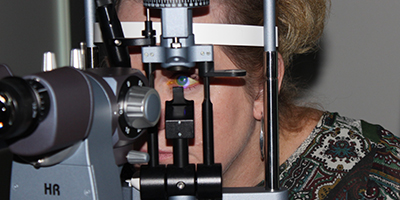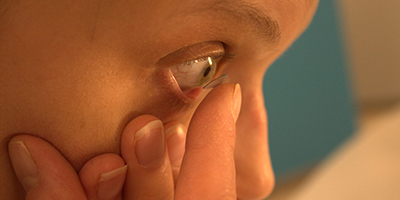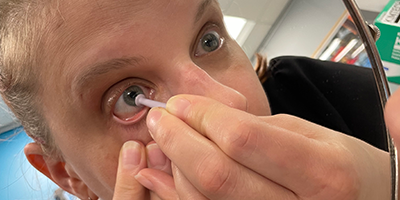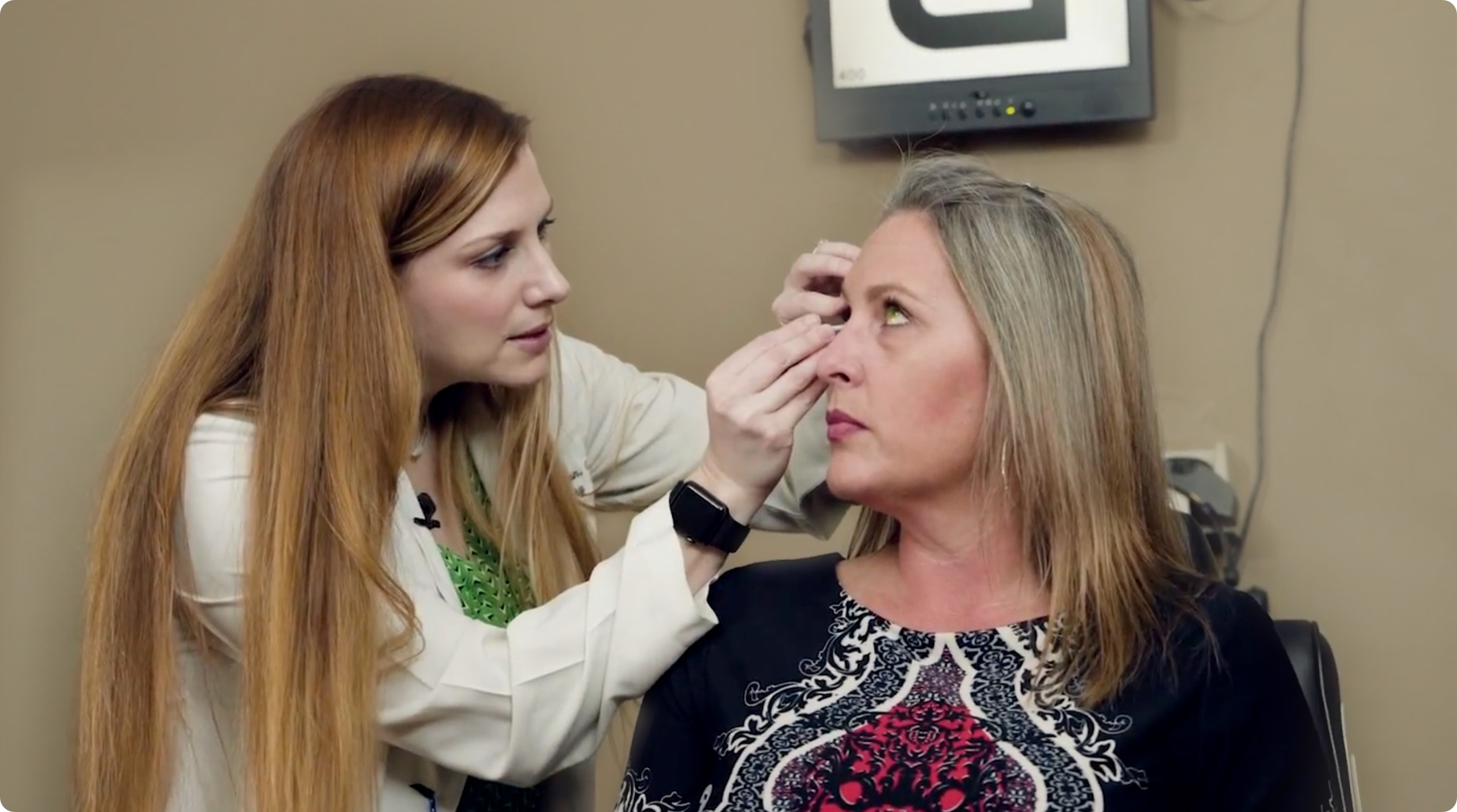
Why Scleral Lenses? We Have All The Answers
From the original concept, to near extinction, to the pinnacle of specialty contact lenses, all of this describes the lifecycle of scleral lenses as of today.
Are they the contact lens for everyone? No, they are not.
Is there a learning curve? Yes, for patients to manage them, for staff members to teach how these patients how to use them, and for Doctors to develop the skills to fit them.
Are they changing people’s lives? Definitely, for patients and eyecare providers alike.
Changing peoples’ lives is the #1 reason to consider scleral lenses as part of your practice offerings. Although scleral lenses are available for normal refractive errors and presbyopia, there is no better indication for them than irregular astigmatism. Let’s focus more on this:
1) IRREGULAR ASTIGMATISM INDICATIONS FOR SCLERAL LENSES.
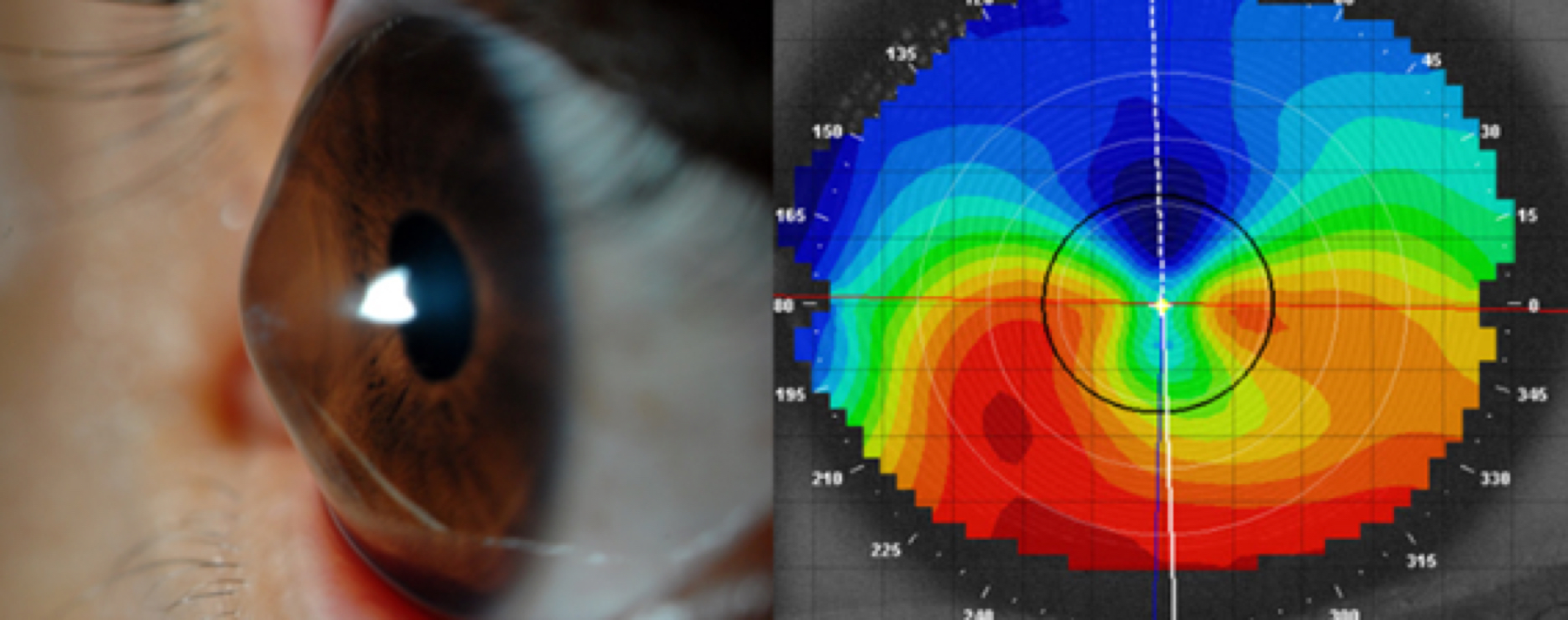
- The most common indication is the keratoconus “family” of diagnoses, seen in almost all eyecare practices. These diagnoses best demonstrate why sclerals are such a great option. Look at the topography maps of 5 eyes below, all of these eyes have keratoconus and they similarly display the “steepest” curvature of the cornea in each example. Yet, they are all distinctly different and unique. Corneal GP lenses will position over the steepest area, thus resulting in lenses positioned dramatically different, and mostly not on the center of the cornea. This leads to sporadic visual acuity and decreased comfort to the edge lift, being felt by the patient’s eyelids.

2) IT’S ALL ABOUT SIZE.
By definition, scleral lenses are large – large enough that they rest on the scleral and completely vault the cornea. Thus, the vision variability doesn’t occur as often. More importantly anything greater than a 15.0mm diameter can cause the lens to ride underneath the upper and lower lid, resulting in lack of sensation from lid/edge interaction.
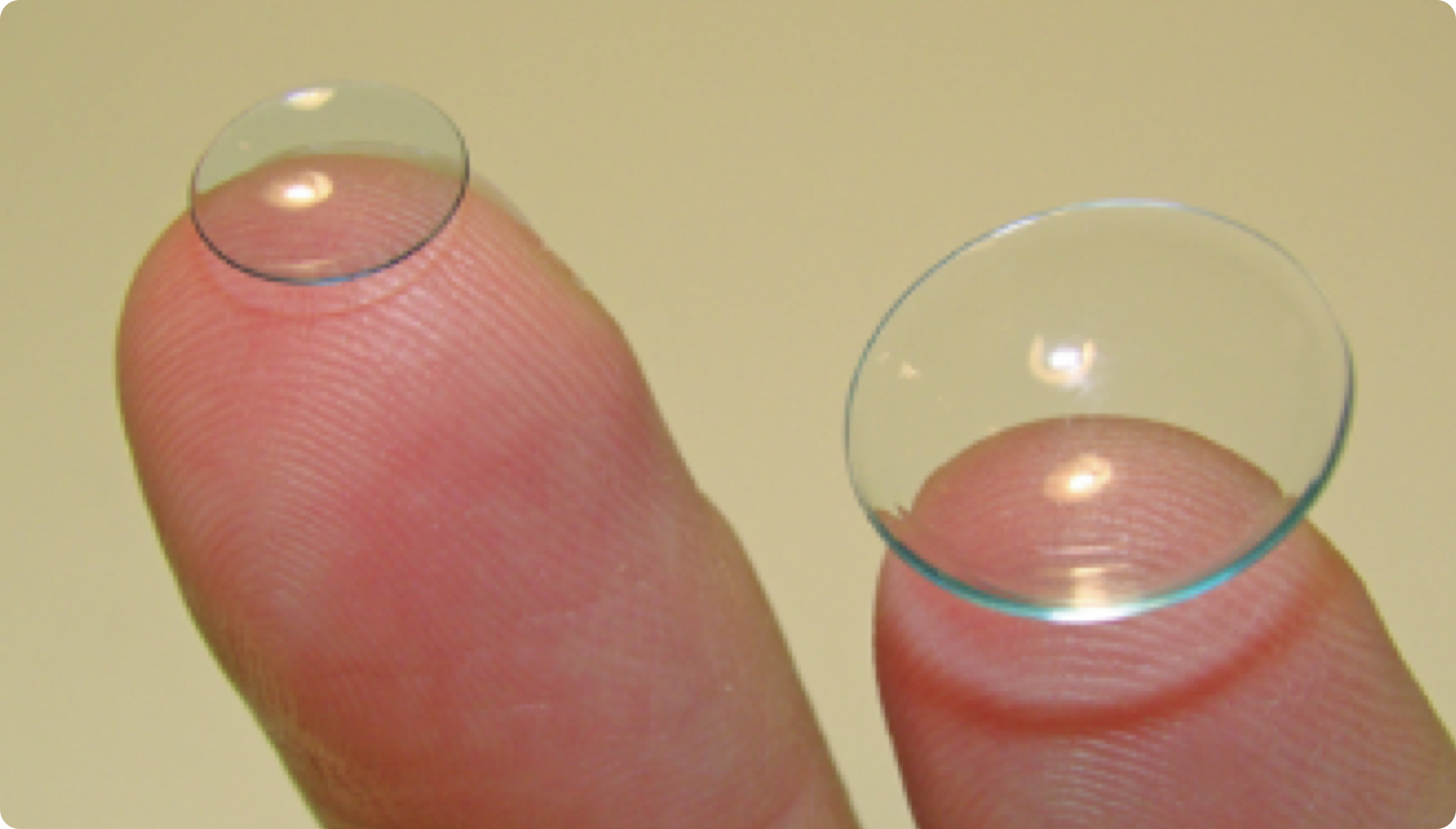
- Solving visual disturbances and poor contact lens comfort are life-changing events for patients. Their time wearing contact lenses increases, and they don’t have noticeable head-tilt from the sensation of the lenses popping out of the eye, due to lower lid edge awareness. In fact, they feel “normal.”
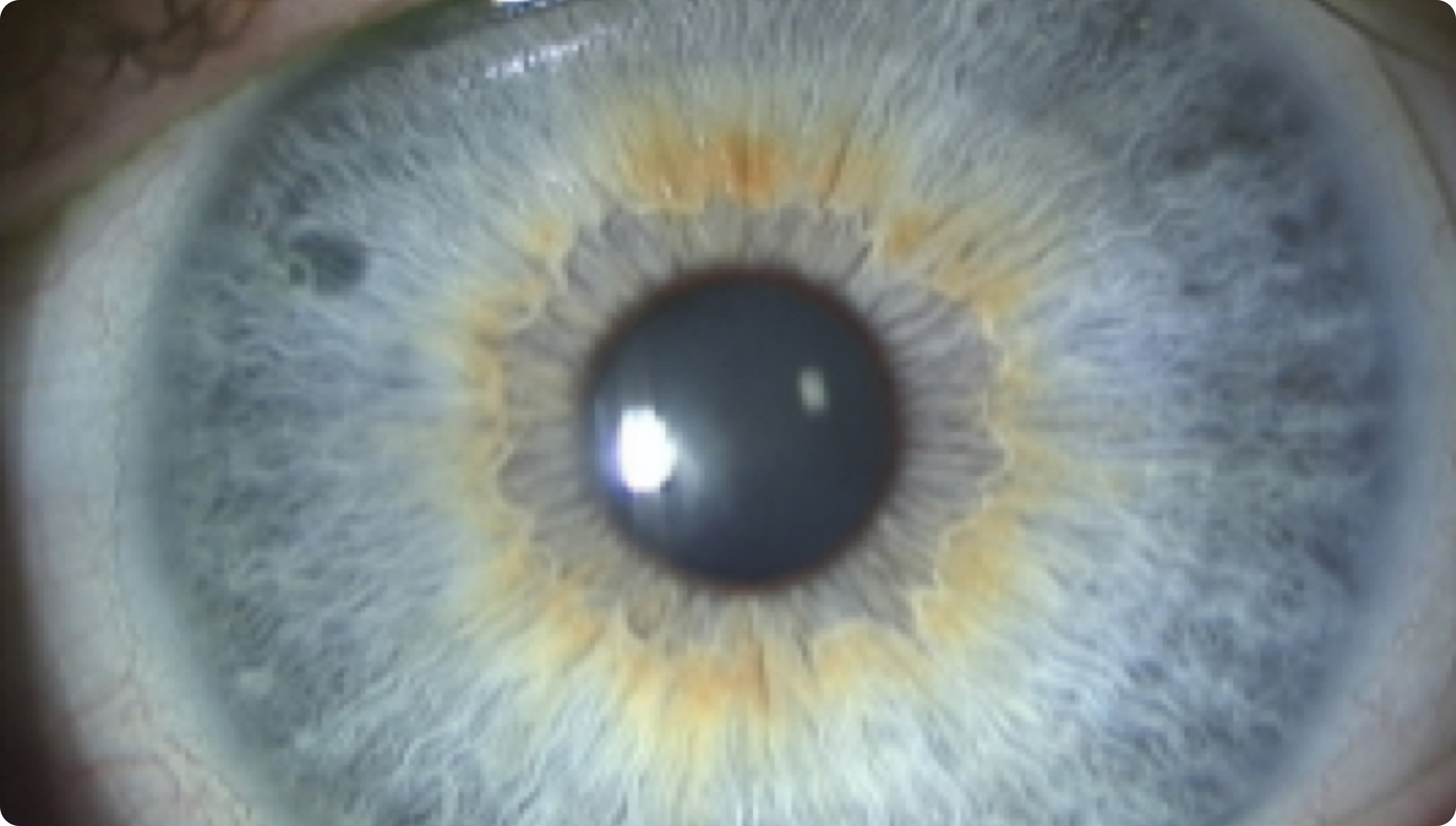
- For the doctor, fixing your patients problems is their life’s work. There is no better feeling, and scleral lenses live up to the promise of accomplishing this.
3) WHAT’S NEXT? Stay tuned for our next quarterly newsletter article, where we’ll provide tips on what scleral lenses can mean to your practice as well – building referrals, providing differentiation of product offerings, and improving the bottom line. Contact your ABB Specialty Vision Products Team at lunchandlearn@abboptical.com for additional information regarding staff training webinars and training opportunities. Schedule a Virtual Educational Opportunity for your practice! |
|

